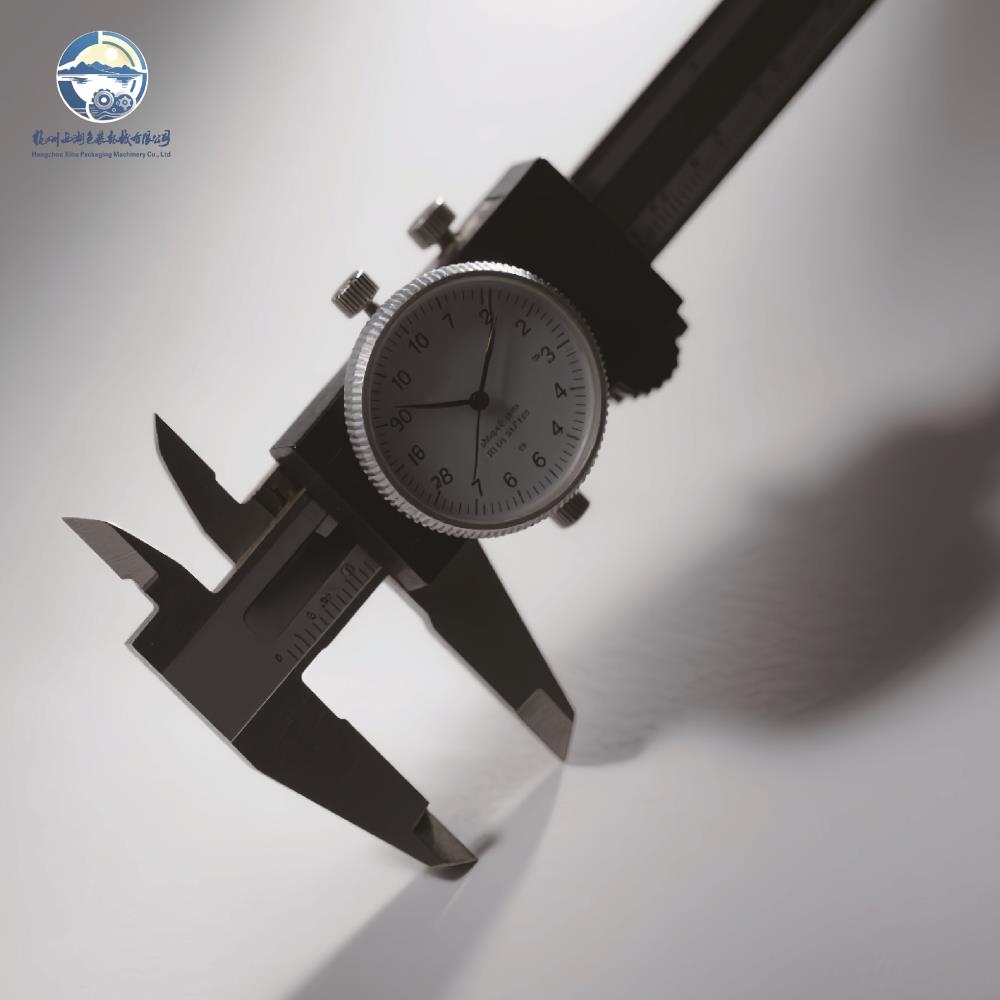- This topic is empty.
-
AuthorPosts
-
2025-09-25 at 5:30 pm #6149
In the world of precision measurement, few tools are as indispensable to machinists, engineers, and DIY enthusiasts as the electronic caliper with digital display. For centuries, calipers have been used to determine the dimensions of an object, but the advent of digital technology has revolutionized this essential tool, ushering in a new era of accuracy, efficiency, and connectivity.

Unlike traditional tape measures or rulers, modern digital calipers provide exceptional precision through electronic LCD readouts, eliminating the guesswork associated with Vernier scales or dial gauges. These versatile instruments can perform four primary types of measurements: inside, outside, depth, and step, making them suitable for a wide range of applications in mechanical engineering, electronics, automotive, and aerospace industries.
How Electronic Caliper with Digital Display Work
At the heart of an electronic caliper with digital display lies a sophisticated sensor system, typically based on capacitive or electromagnetic encoding. The caliper’s jaw displacement is converted into electrical signals through a capacitive coupling mechanism. These signals are processed by an internal microprocessor, which then displays the measurement result digitally on an LCD screen.
Many high-end models, incorporate advanced electromagnetic induction sensors to ensure reliable performance even in challenging environments contaminated with dust, oil, or moisture. These calipers often feature absolute encoding technology, meaning they retain their position even when powered off, allowing users to continue measurements without recalibration.
Benefits of Digital Calipers
1. Enhanced Precision and Accuracy
Digital calipers offer superior accuracy, with resolutions reaching as fine as 0.01 mm (or even 0.001 mm in high-precision models), far exceeding the capabilities of manual alternatives. This level of precision is critical in industries where minute tolerances can significantly impact product quality and performance.
2. User-Friendly Operation
The digital display provides clear, immediate readings, reducing human error associated with interpreting Vernier scales. Features like automatic unit conversion (between metric and imperial systems), zero-setting functionality, and data output capabilities streamline the measurement process.
3. Durability and Reliability
Many digital calipers are built with stainless steel bodies for longevity and resistance to wear. Models with IP54 or higher protection ratings offer resistance against water and dust ingress, making them suitable for use in various workshop environments.
4. Data Connectivity and Integration
Modern digital calipers often come equipped with USB or RS232 data ports, enabling seamless transfer of measurement data to computers or quality management systems. This facilitates real-time data recording, analysis, and documentation, which is essential for statistical process control and quality assurance protocols.
Choosing the Right Digital Caliper
When selecting a digital caliper, consider the following factors:
-
Measurement Range: Common ranges include 0-150 mm (approx. 0-6 inches) and 0-300 mm (approx. 0-12 inches), with specialized models offering even greater capacities.
-
Accuracy and Resolution: Ensure the caliper's precision (e.g., 0.01 mm, 0.02 mm, 0.04 mm) meets your specific application requirements.
-
Build Quality and Protection Rating: Opt for robust construction (e.g., stainless steel) and an appropriate IP rating for environmental resistance if your workspace exposes tools to coolants, oils, or dust.
-
Additional Features: Consider features like automatic power-off to conserve battery life, fractional inch readings, and wireless connectivity (e.g., Mahr's 'Integrated Wireless' systems) for enhanced mobility and convenience.
Maintenance Tips for Longevity
To ensure the accuracy and longevity of your digital caliper:
Regularly clean the measuring surfaces and scale (the "scale membrane") with a soft, lint-free cloth.
For the electronic components, occasionally use cotton swabs lightly moistened with anhydrous alcohol to gently wipe the scale membrane. This helps remove contaminants like oil or moisture that can disrupt the capacitive signal and cause erratic readings. Avoid excessive liquid, which could seep into the electronics.
Store the caliper in its protective case when not in use to prevent damage and exposure to harmful elements.
Replace batteries promptly and avoid leaving dead batteries in the unit.
Conclusion
The West Lake Packaging Machinery electronic caliper with digital display represents a significant leap forward in measurement technology. By combining precision engineering, user-centric digital interfaces, and data connectivity, it has become an indispensable tool for professionals demanding accuracy and efficiency. As technology continues to advance, these instruments will undoubtedly play a pivotal role in enabling innovation and maintaining quality standards across diverse industries.
Investing in a high-quality digital caliper is investing in unparalleled precision, streamlined workflows, and the confidence that comes with reliable data.
http://www.precisioncaliper.com
Hangzhou West Lake Packaging Machinery Co., Ltd. -
-
AuthorPosts
- You must be logged in to reply to this topic.